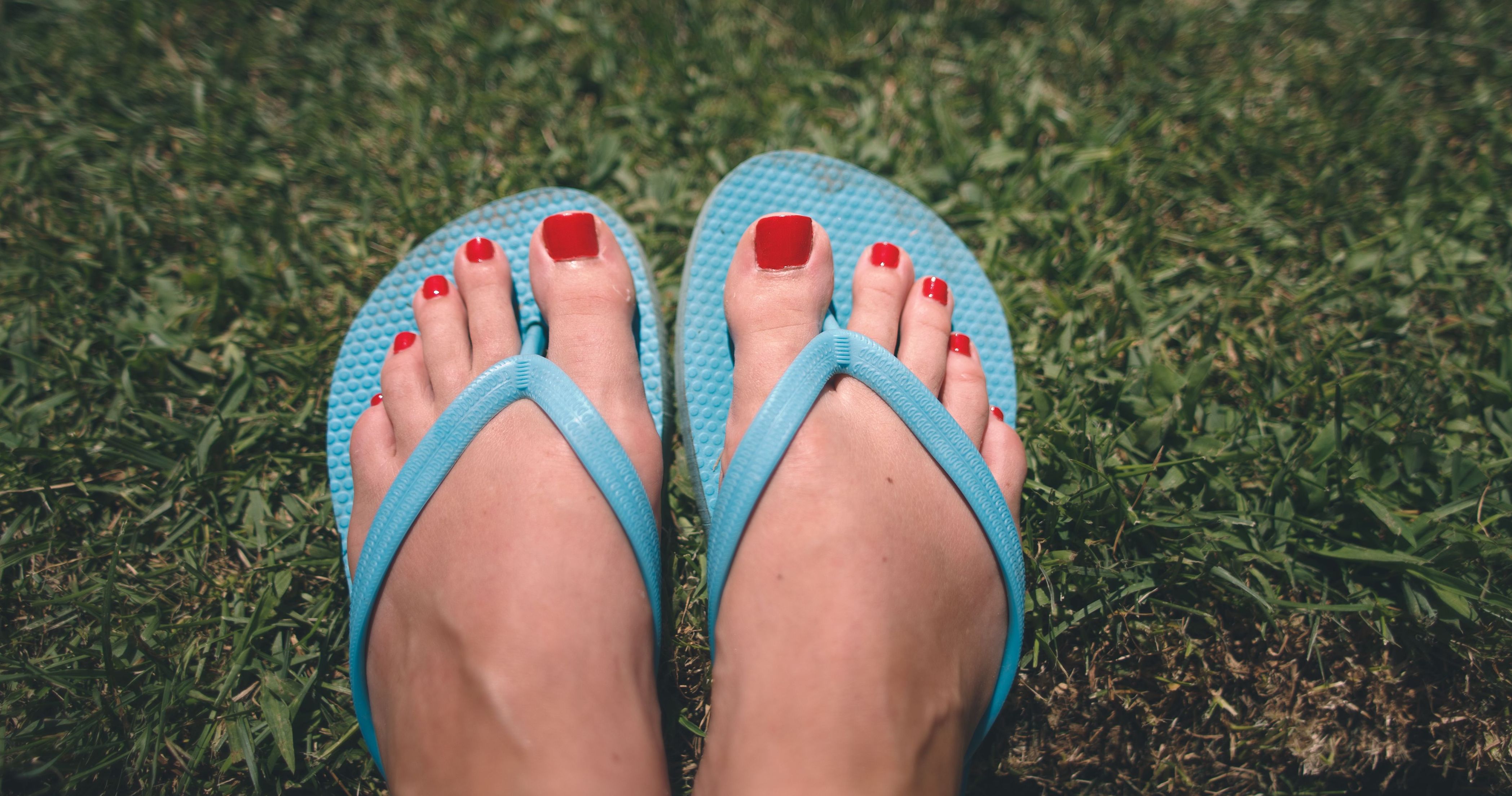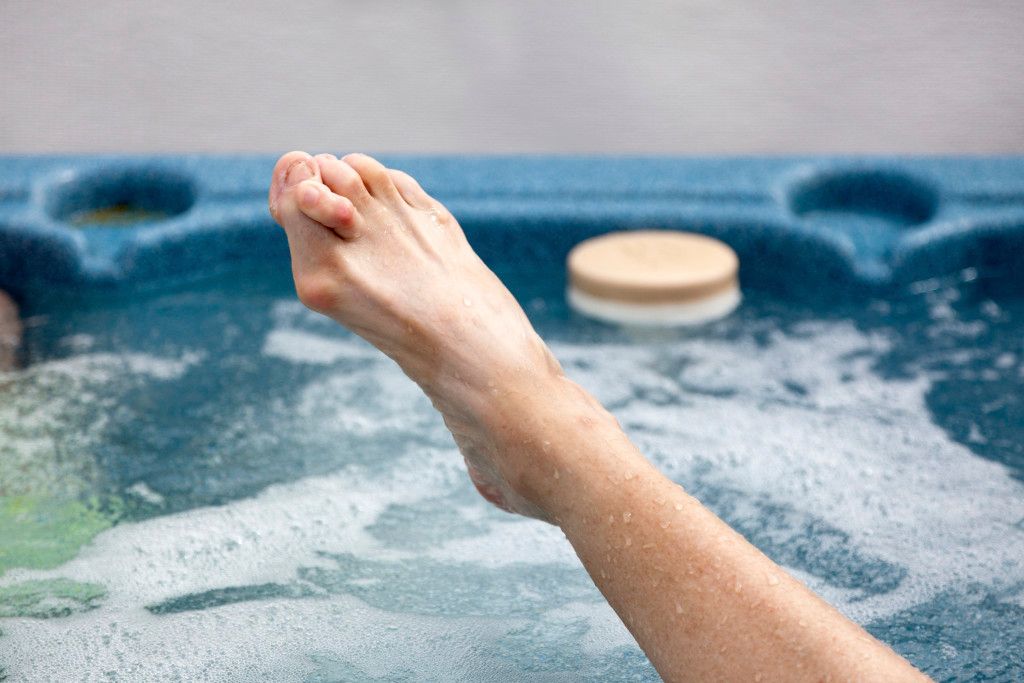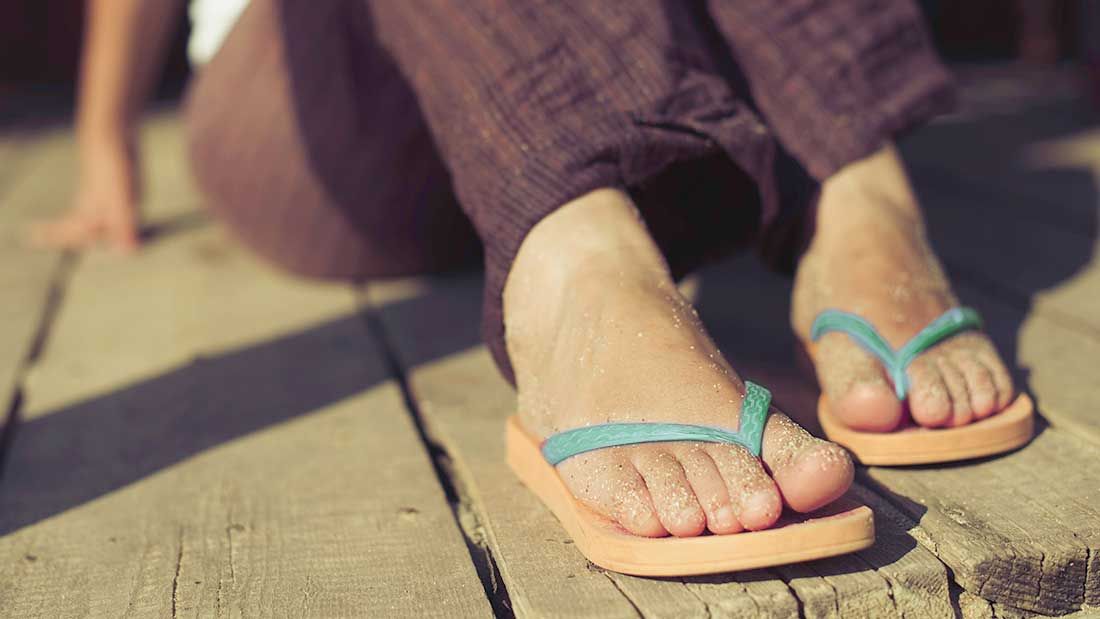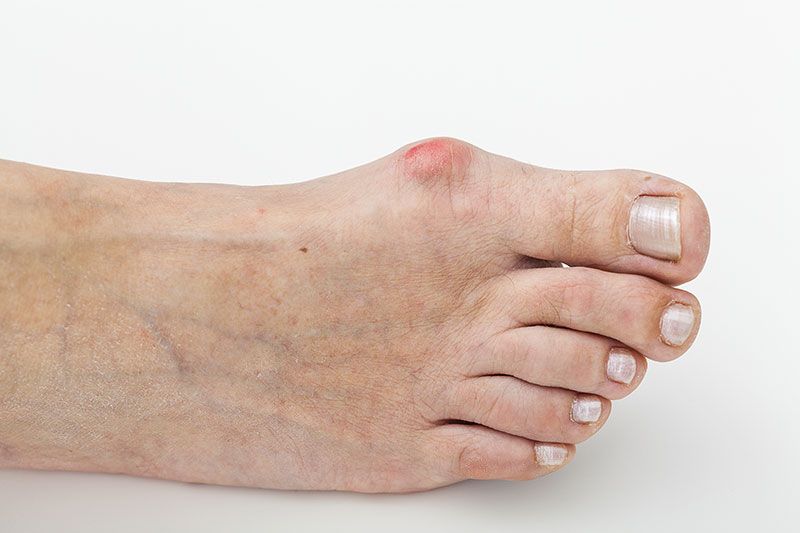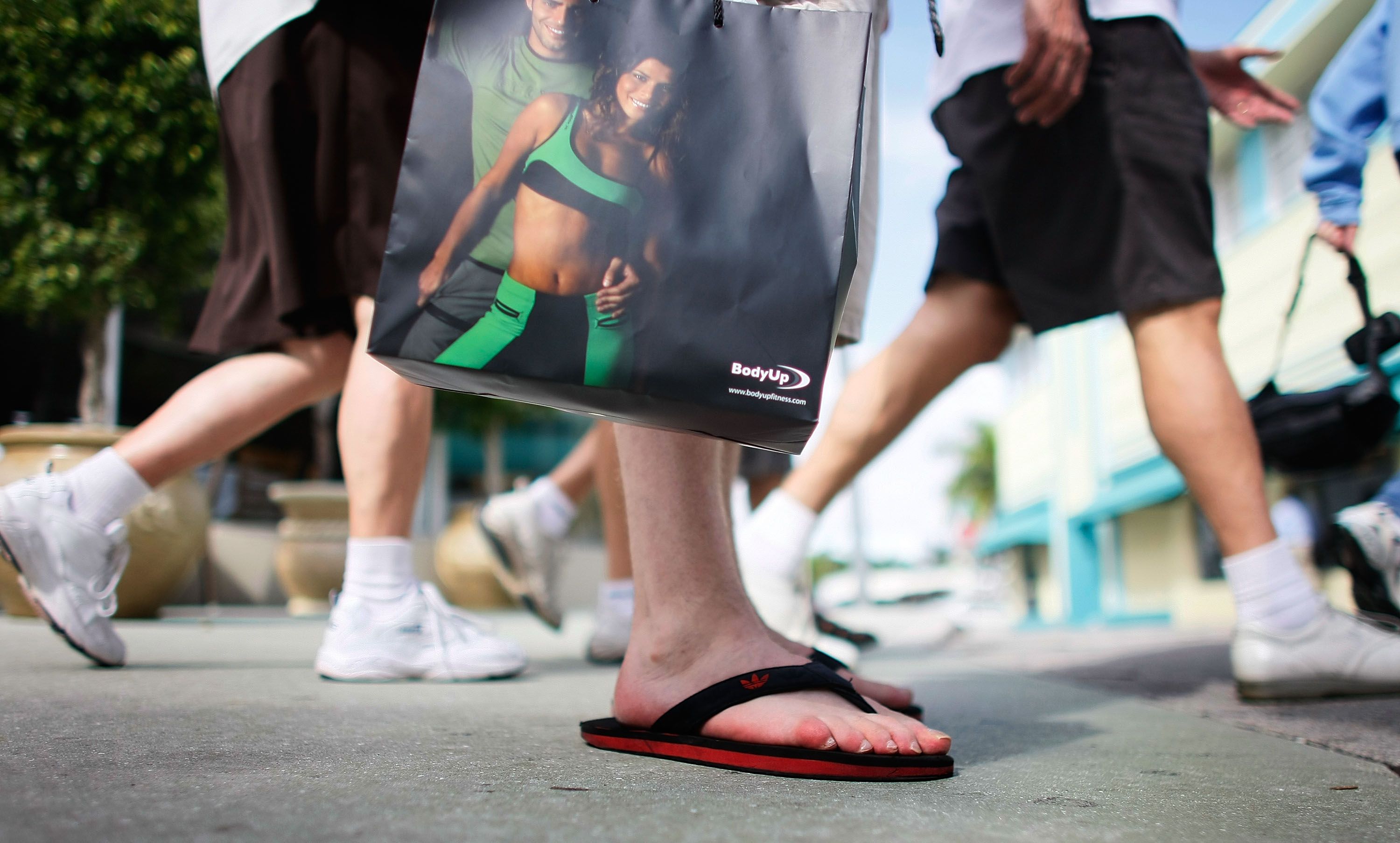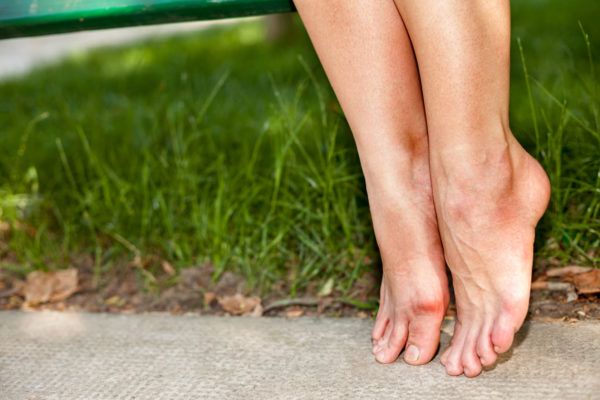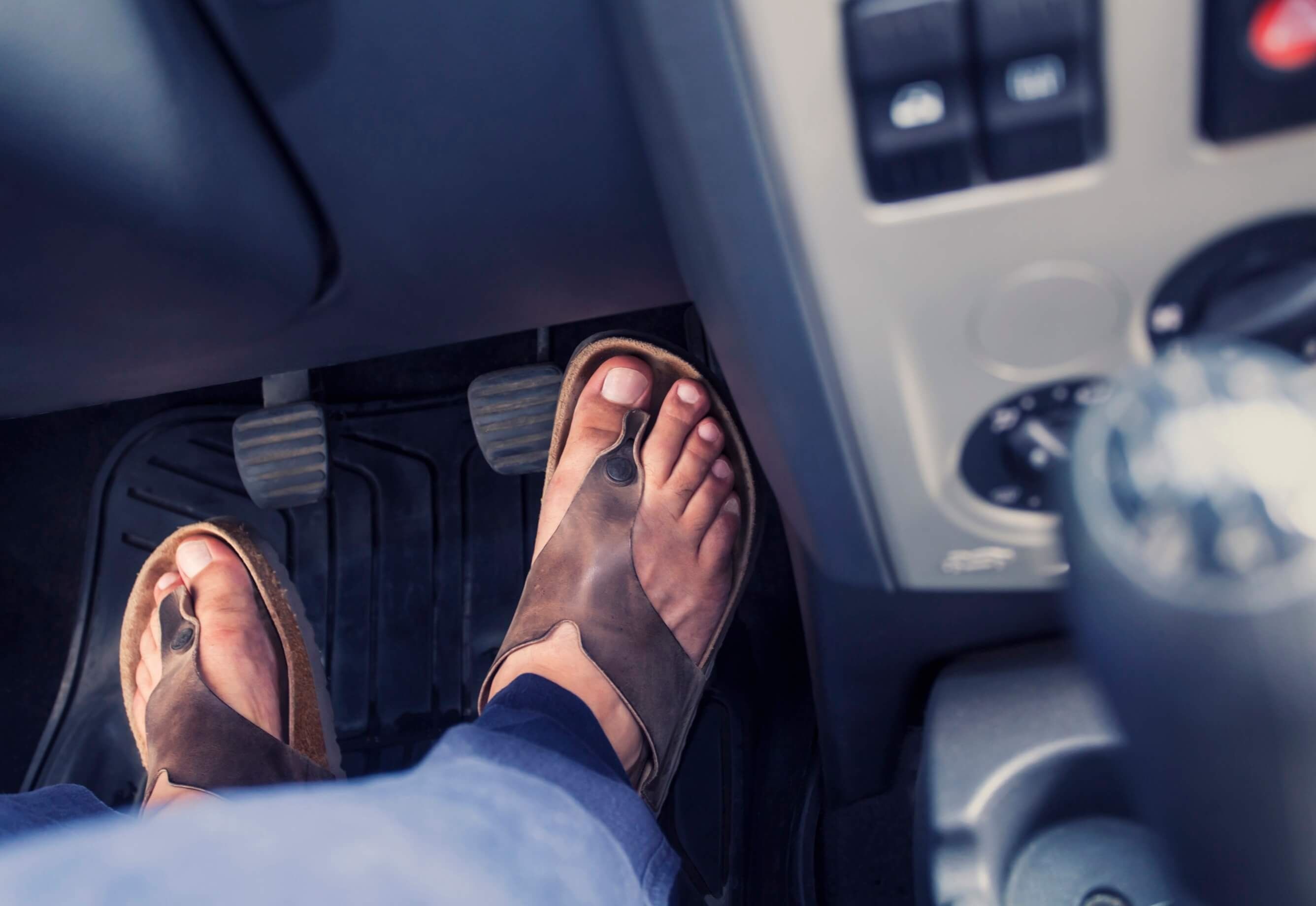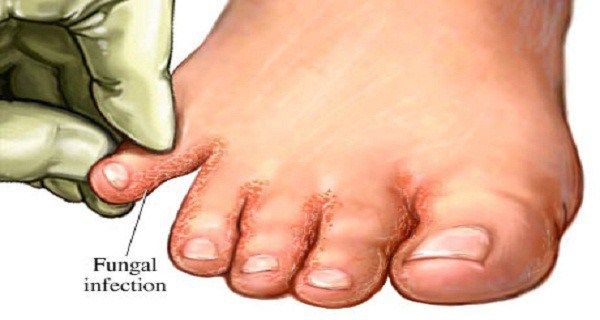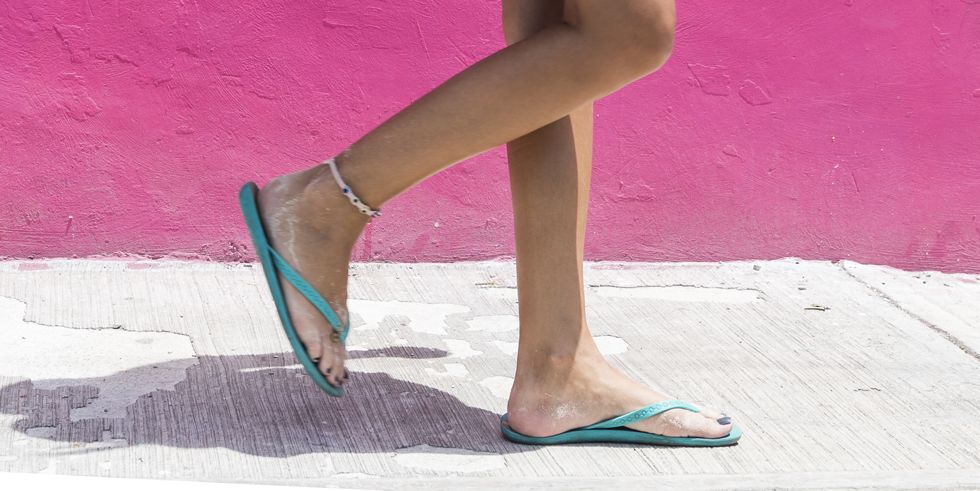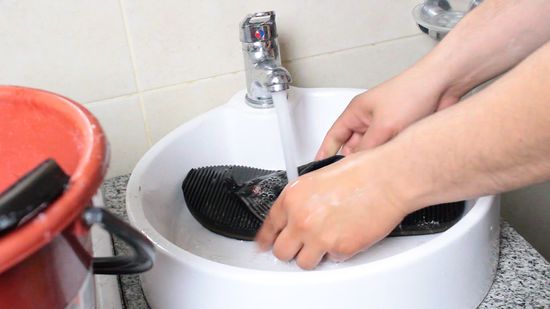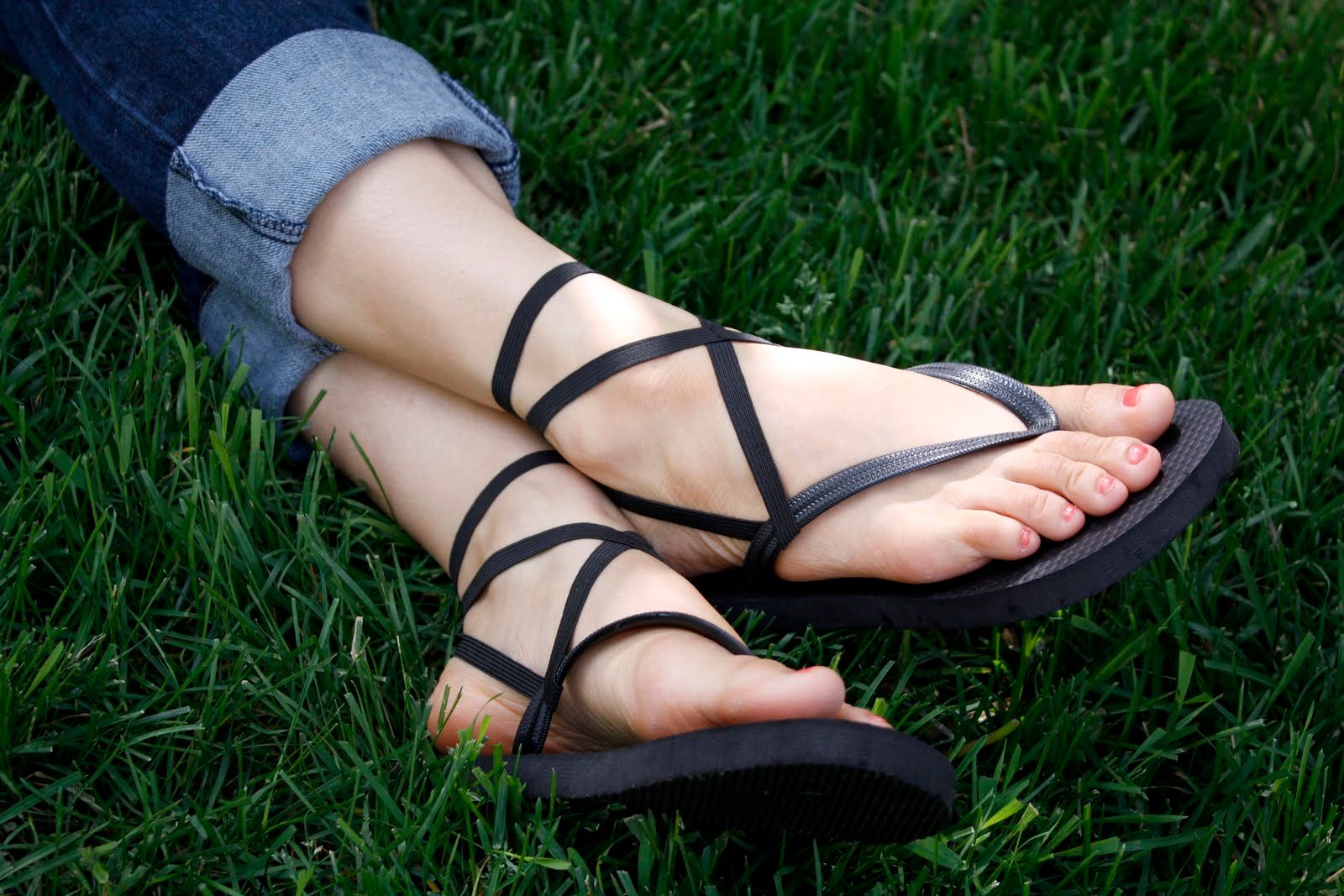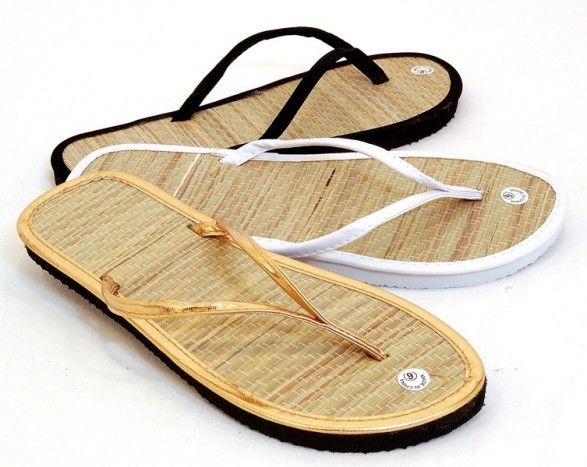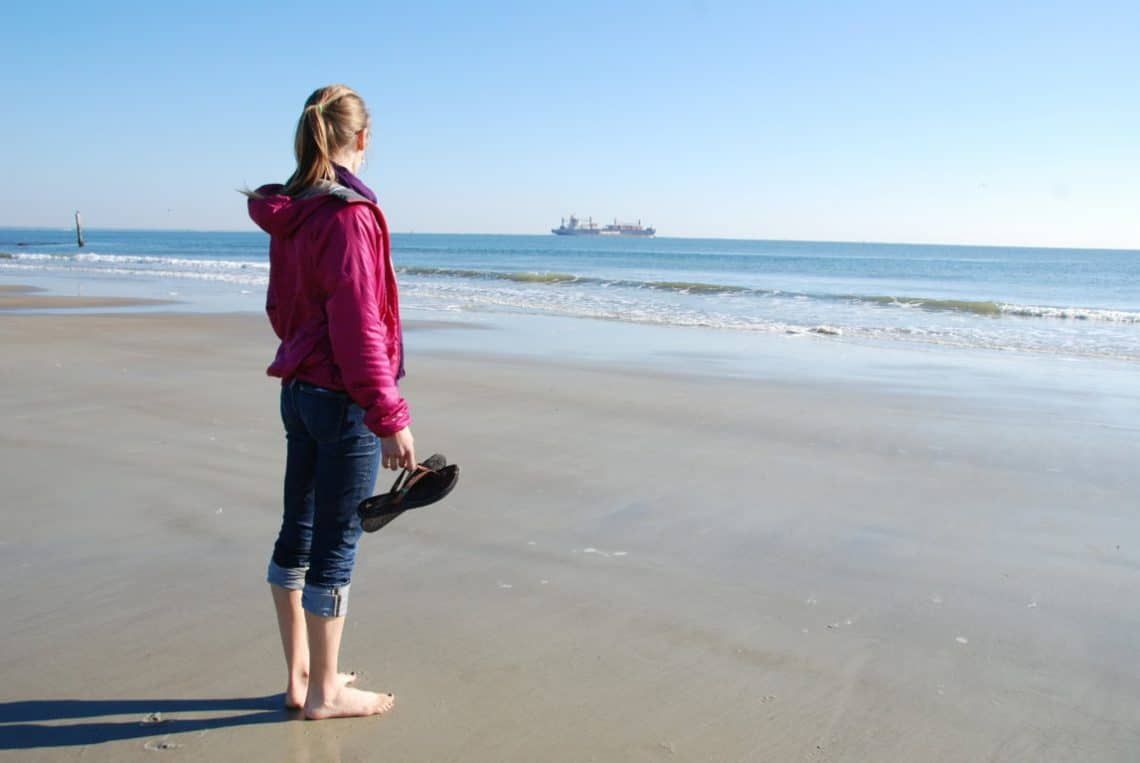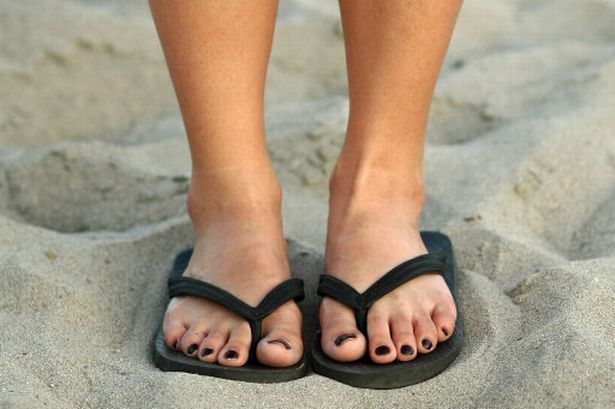Whenever summer rolls around, flip-flops often become a staple in our seasonal wardrobe. They seem perfect to wear at the beach, during a quick errand and whenever the weather is warm.
But this might be the year where you decide throw out your favorite flip-flops in favor of another, sturdier pair of scandals. It may seem unfathomable, but it turns out flip-flops do significantly more harm than good after you slip them on.
If you're scratching your head right now, there are eight reasons why you should trash your flip-flops and six ways on how to protect yourself if want to anyway.
Reasons to avoid wearing flip-flops
1. Your toes can be permanently twisted in
Known as a hammertoe, flip-flops can cause your toes to become curved if you wear them too often. Since the knuckles of your toes bend when you wear these sandals, the toe joints contract, making them permanently twisted. It's a painful condition and can only be fixed by undergoing surgery.
2. Flip-flops might be made from toxic materials
The reason you can get a great deal on flip-flops is because they're typically made out of cheap and harmful chemicals. The plastic straps are either made out of latex (which is a common allergy),or BPA-laden plastic, which has been linked to various types of cancer.
3. They can cause bunions
When you wear flip-flops, your toes work extra hard to keep your foot attached to your sandals. In doing so, your foot is put in an unnatural position by over-gripping the strap. This creates a painful sore on the side of your big toe, otherwise known as a bunion.
4. You'll start walking slower
If you're already a slow walker, you should ditch your flip-flops if you want to keep up with your faster friend's pace. When you wear these sandals you don't walk in the typical toe to heel strides and take smaller steps instead to keep your balance.
5. They can cause blisters
If you thought bunions were bad, let me introduce you to blisters, an equally terrible consequence of wearing flip-flops.The plastic strap that goes between your two toes will create friction, which will lead to the swelling bubble in only a few hours.
6. You can cause a car accident
When you're out on the road, it's imperative you don't drive with flip-flops on. Since your foot isn't stably placed in your sandal, it can slip off and go underneath your break pedal - making it impossible to stop your car.
7. They can cause a fungal or bacterial infection
Nothing is more unsightly than a fungal infection (this is why I'm using an illustrated image), but wearing these sandals can make this off putting condition a reality for you. Your feet are more likely to become dirty when wearing flip-flops, which can make you more vulnerable to an infection (especially if you have an open wound), such as Staphylococcus. If this bacteria isn't treated, it can lead to severe skin irritation, or an amputation.
8. You're more likely to trip
As mentioned above, when you wear flip-flops(which offers poor grip in their soles) you tend to walk at a slower pace, but if you ignore common sense and make a mad dash to your destination, you're more likely to trip and cause yourself an injury. Even worse, wearing flip-flops can be especially hazardous if the footwear gets caught in grating or an escalate
What to do if you have to wear them
If this list didn't change your mind on tossing out your flip-flops, here are five measures you can take to mitigate the damage on your feet.
1. Keep them clean
If your flip-flops become dirty, take the time to clean them instead of letting the bacteria build up. Remember to wash both the strap and sole of the sandal with an anti-bacterial wash, and you'll lessen the chance of getting an infection or giving one to others.
2. Don't be cheap
While you might see a great sale on flip-flops, try to avoid purchasing a cheap pair. Taking care of your feet is worth the investment and a more expensive sandals are more likely to provide better arch support, grip and last longer.
3. Wear flip-flops made of natural fibers
By choosing a pair of flip-flops made out of natural fibers instead of plastic, you cut out any contact with toxic chemicals. You can also opt for flip-flops made out of leather, as the fabric mitigates the chances of getting a blister.
4. Consider the activity
While wearing flip-flops can be worn while relaxing at the beach or sitting on the patio, it's not recommended to wear them when you know you'll soon be doing strenuous physical activity, such as running, hiking or playing sports. Not only can it severely hinder your ability to perform well, but it can cause injuries as well.
5. Throw them out
Unlike other types of shoes, flip-flops aren't typically made to last. Even if you love a pair, it's essential to throw them out after a few months. After a while they can become damaged, which makes them hazardous to walk in (and nearly impossible if the strap comes off).
6. Work on your posture
Since wearing flip-flops can worsen your posture, which can cause back, knee and hip pain. By making an active effort to improve your posture (like participating in exercise, dance or yoga), you can reverse the damage originally inflicted.
Interested in ways to help your suffering feet? Check out these interesting articles that'll do the trick:
- Extremely Comfortable Shoes You Will Wonder How You Have Lived Without
- 20 Shoe Hacks That Will Make Your Life So Much Easier
- Understanding And Treating Painful Bunions
[H/T: Cosmopolitan, Lifehack, Reader's Digest, Today]
